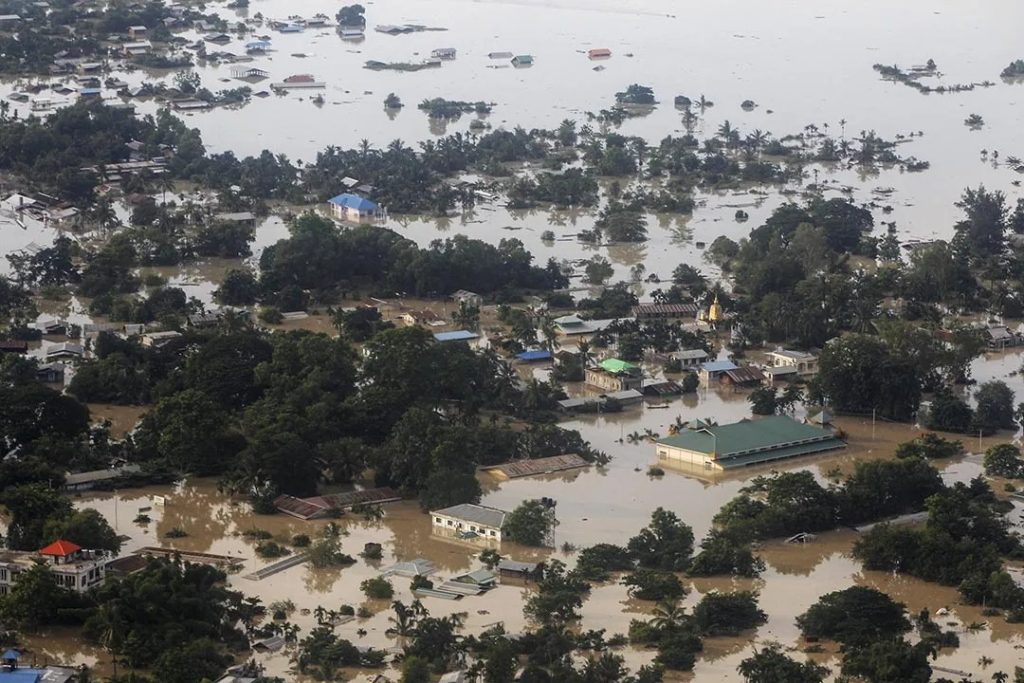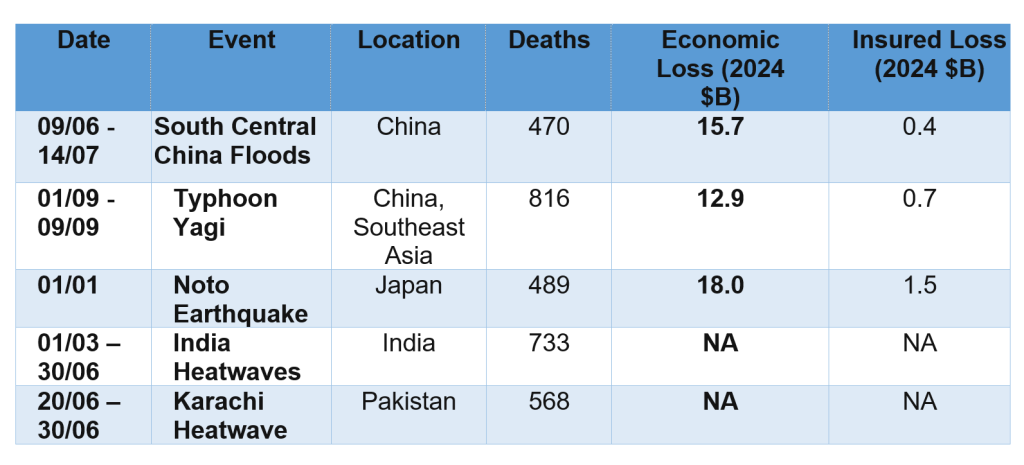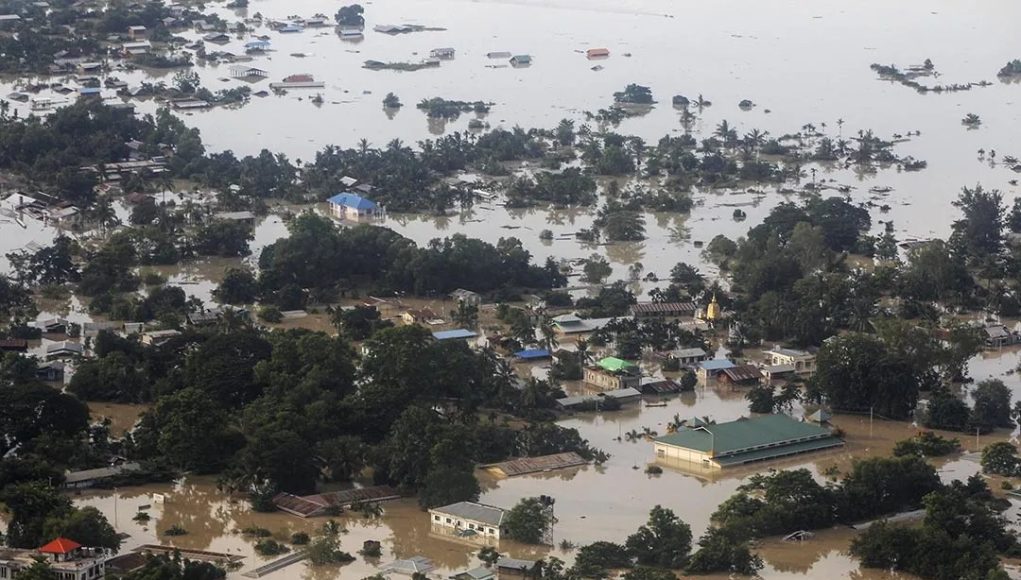(Singapore, 14.05.2025)Natural disasters inflicted billions of dollars in economic damage across the Asia Pacific region in the first quarter of 2025, with wildfires, floods, and earthquakes emerging as the main culprits, according to a new report released by global professional services firm Aon plc (NYSE: AON).
Aon’s Q1 Global Catastrophe Recap – April 2025, which analyzes disaster events worldwide, paints a stark picture of mounting losses in APAC. Among the most severe incidents were widespread wildfires in South Korea and Japan, resulting in 31 fatalities, 49 injuries, and the destruction of over 7,700 structures. Losses from the South Korean fires alone are estimated at approximately US$1 billion.
However, it is the devastating earthquake that struck Myanmar in March that stands as the costliest event of the year to date. With at least 5,400 lives lost and widespread structural damage, the event is expected to rack up billions in economic losses. Insurance coverage remains dismally low, underscoring the region’s chronic protection gap. Meanwhile, the most financially significant event for insurers in the region was ex-Tropical Cyclone Alfred, which caused insured losses of approximately AU$1 billion.

These figures follow on the heels of Aon’s 2025 Climate and Catastrophe Insight report, which found that natural disasters caused US$74 billion in economic losses across Asia Pacific in 2024. Yet, only around US$4 billion of those losses were insured—revealing a regional protection gap of approximately 95 percent, one of the highest in the world.
Flooding remained the leading cause of loss in 2024, with China experiencing particularly severe seasonal floods. Additionally, the Noto earthquake in Japan and Typhoon Yagi—one of the most destructive storms to strike Southeast Asia since Typhoon Rammasun in 2014—contributed substantially to the year’s damage tally. Typhoon Yagi affected multiple countries, including Vietnam, China, Myanmar, the Philippines and Thailand, demonstrating the compounded impact of wind and flood risks in typhoon-prone regions.
“Extreme weather and seismic events remain a powerful force driving the complexity and volatility that businesses and communities face,” said George Attard, CEO of Reinsurance Solutions for APAC at Aon. “The earthquake in Myanmar is a tragic reminder of the urgent need for innovative mitigation strategies to address catastrophe-related risks.”

Globally, natural disasters resulted in US$368 billion in economic damage in 2024—more than 10 percent above the long-term average since 2000. Insurance covered US$145 billion of that amount, which was 54 percent above the 21st-century average for insured losses. Despite these figures, a global protection gap of 60 percent remains, highlighting the growing burden on vulnerable communities and underprepared governments.
The discrepancy is even more pronounced in Asia Pacific, where burgeoning coastal population densities, rising asset concentrations, and changing exposure patterns continue to drive losses. According to Aon, changing exposure—rather than climate change alone—is now a key factor reshaping regional risk patterns. Events like Typhoon Yagi reveal the necessity of a regional, cross-border approach to risk management.
Aon’s report also emphasizes advancements in flood modelling and analytics as vital tools for governments and businesses seeking to enhance preparedness. Yet, experts warn that modelling alone cannot close the gap.
“Asia is at the forefront of flood modelling,” noted Peter Cheesman, Head of Risk Capital Analytics for APAC at Aon. “But there remains a pressing need for better tools and stronger public-private collaboration. Only a comprehensive, multi-country strategy—underpinned by data and innovation—can equip the region to manage evolving climate and exposure risks.”
Despite the economic impact, the report noted a significant drop in global fatalities from natural hazards. In 2024, 18,100 lives were lost—largely due to heatwaves and flooding—well below the 21st-century average of 72,400. Aon attributes this decline to improved warning systems, more accurate weather forecasting, and better evacuation planning, demonstrating the life-saving value of robust climate intelligence.
Still, the mounting financial toll signals a dire need for systemic reform. Without urgent investment in resilience, risk reduction and insurance access, the region will remain dangerously exposed as climate volatility and urban expansion continue to accelerate.





































